A dance project reclaiming culture, identity, and space.
As a Chinese dancer trained in both rehearsal and performance settings, I became increasingly aware that Western dance forms like ballet and lyrical are often seen as the default standard, while Chinese dance—rich in symbolism and narrative—is marginalized. The comparison chart reveals differences in movement, attire, and cultural positioning. “Steps Untold” was born from this imbalance, seeking to reclaim stage presence for Eastern movement languages and challenge aesthetic hierarchies through visual storytelling.


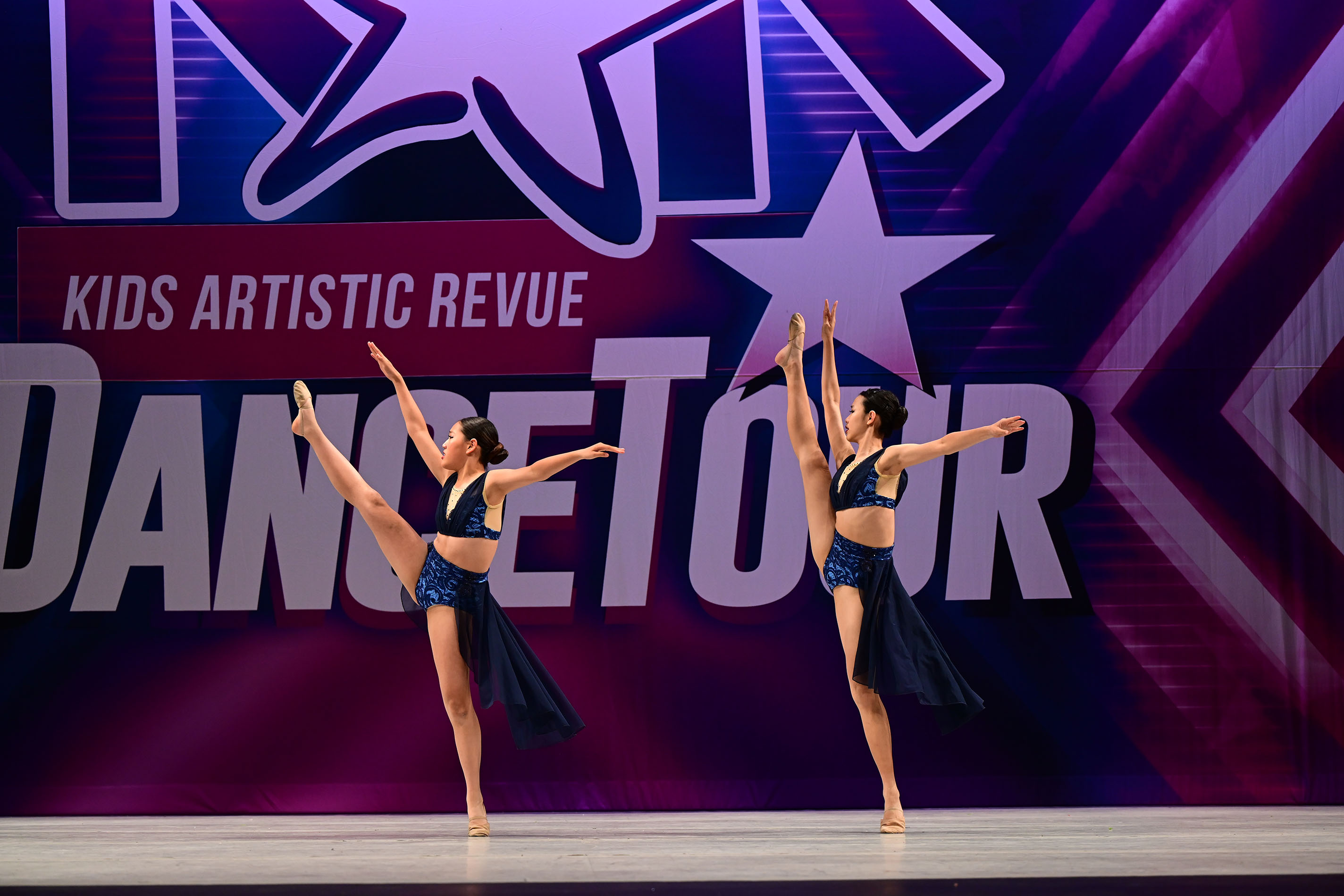
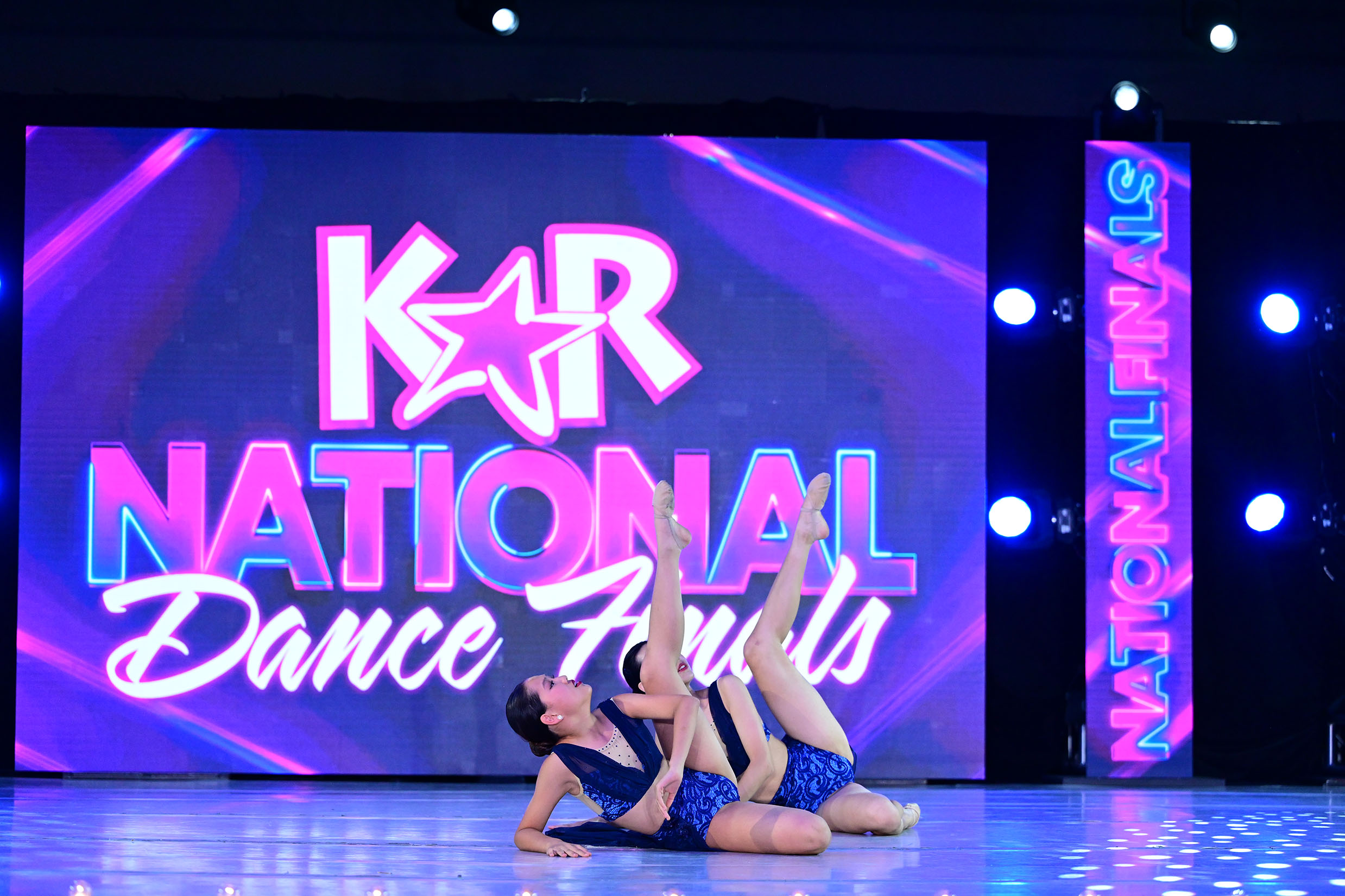
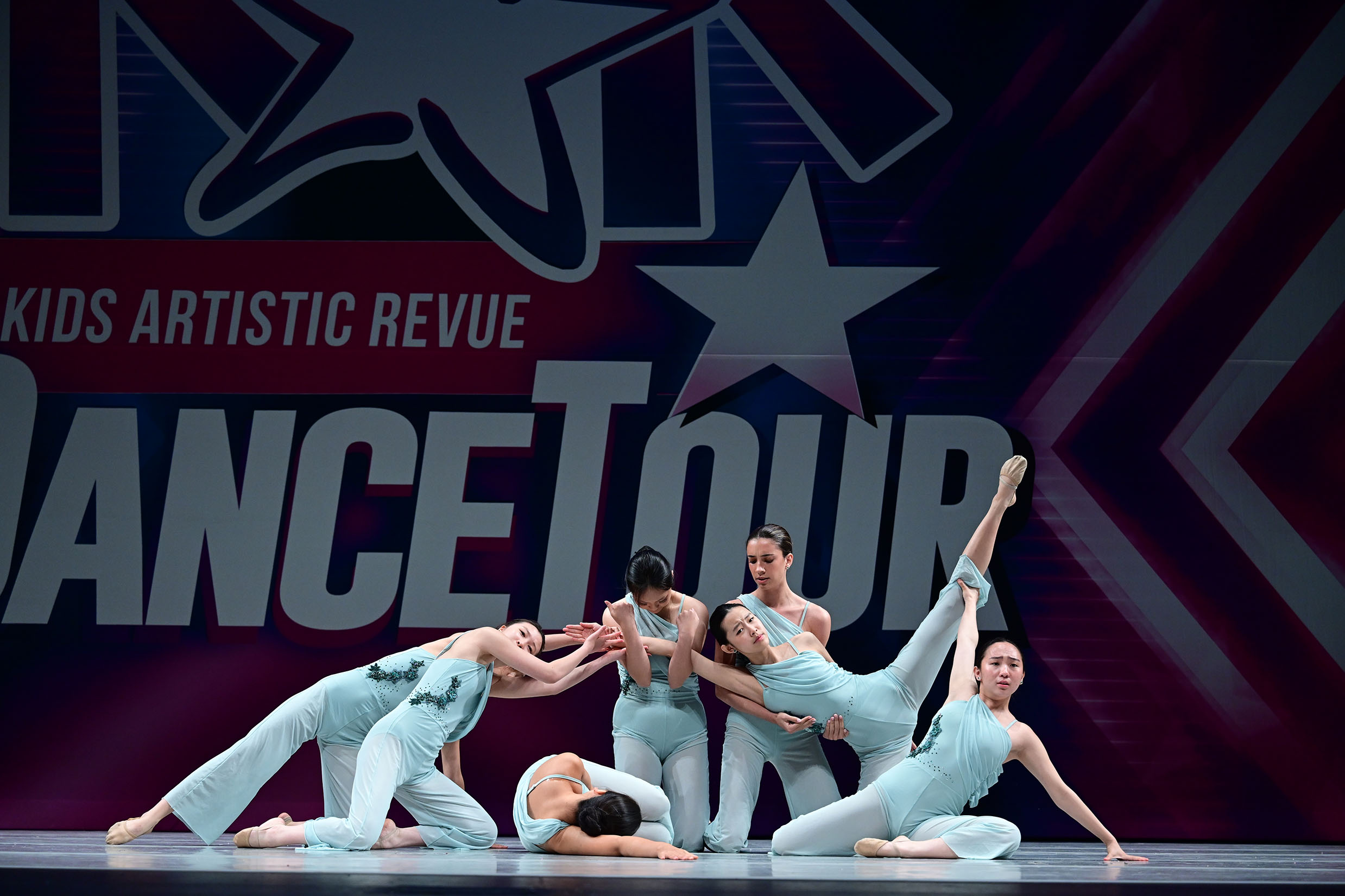
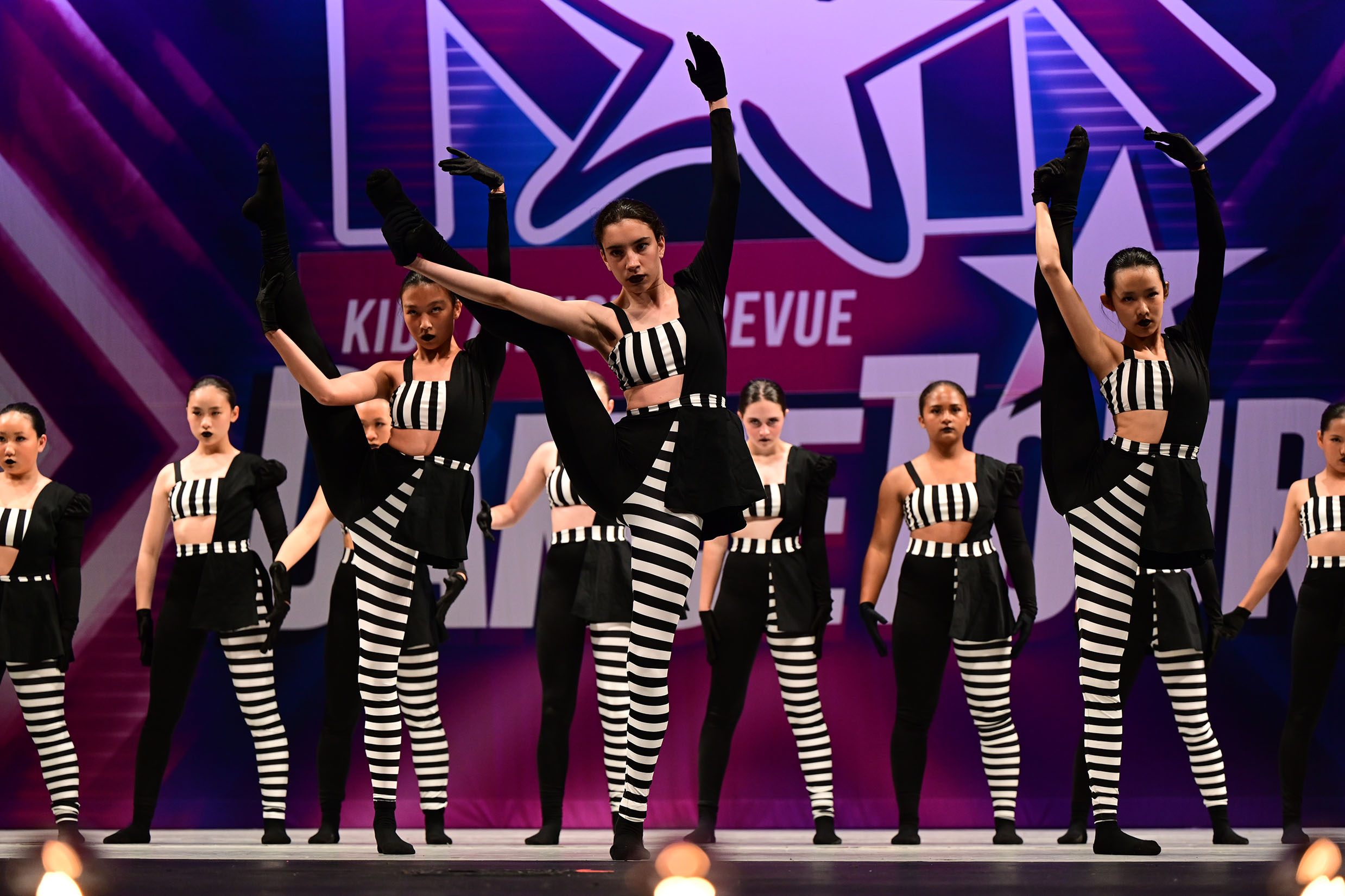
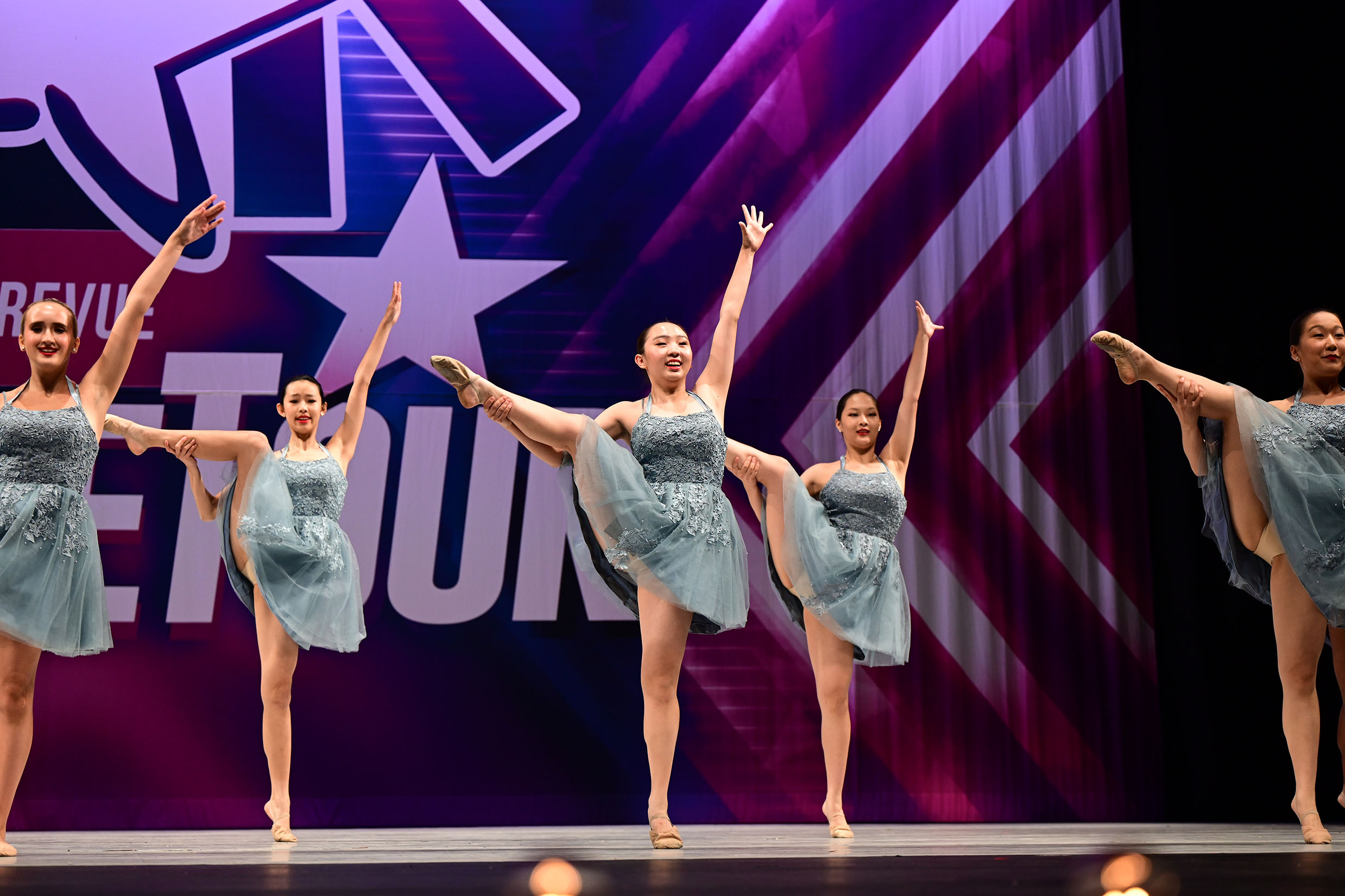
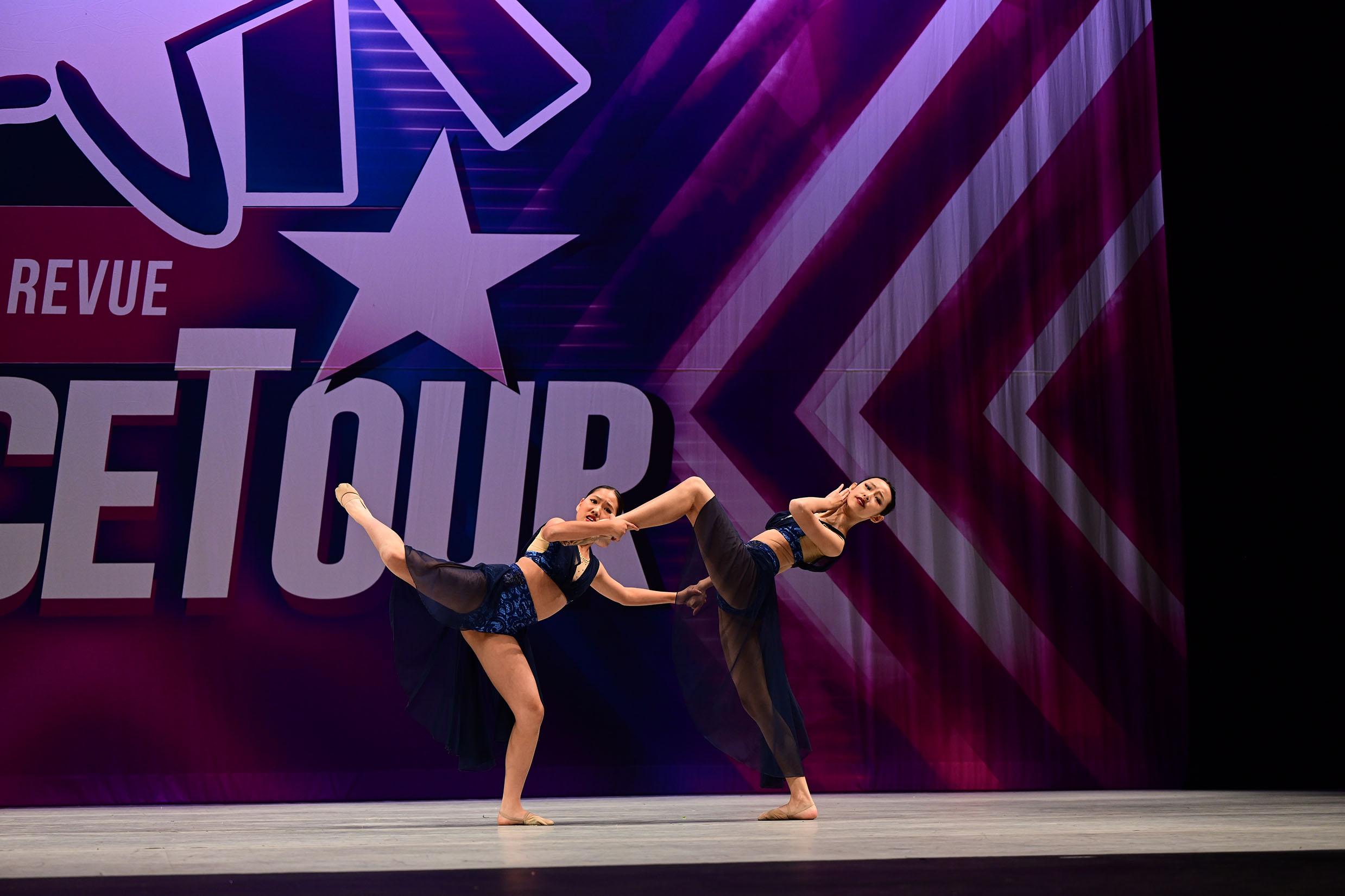
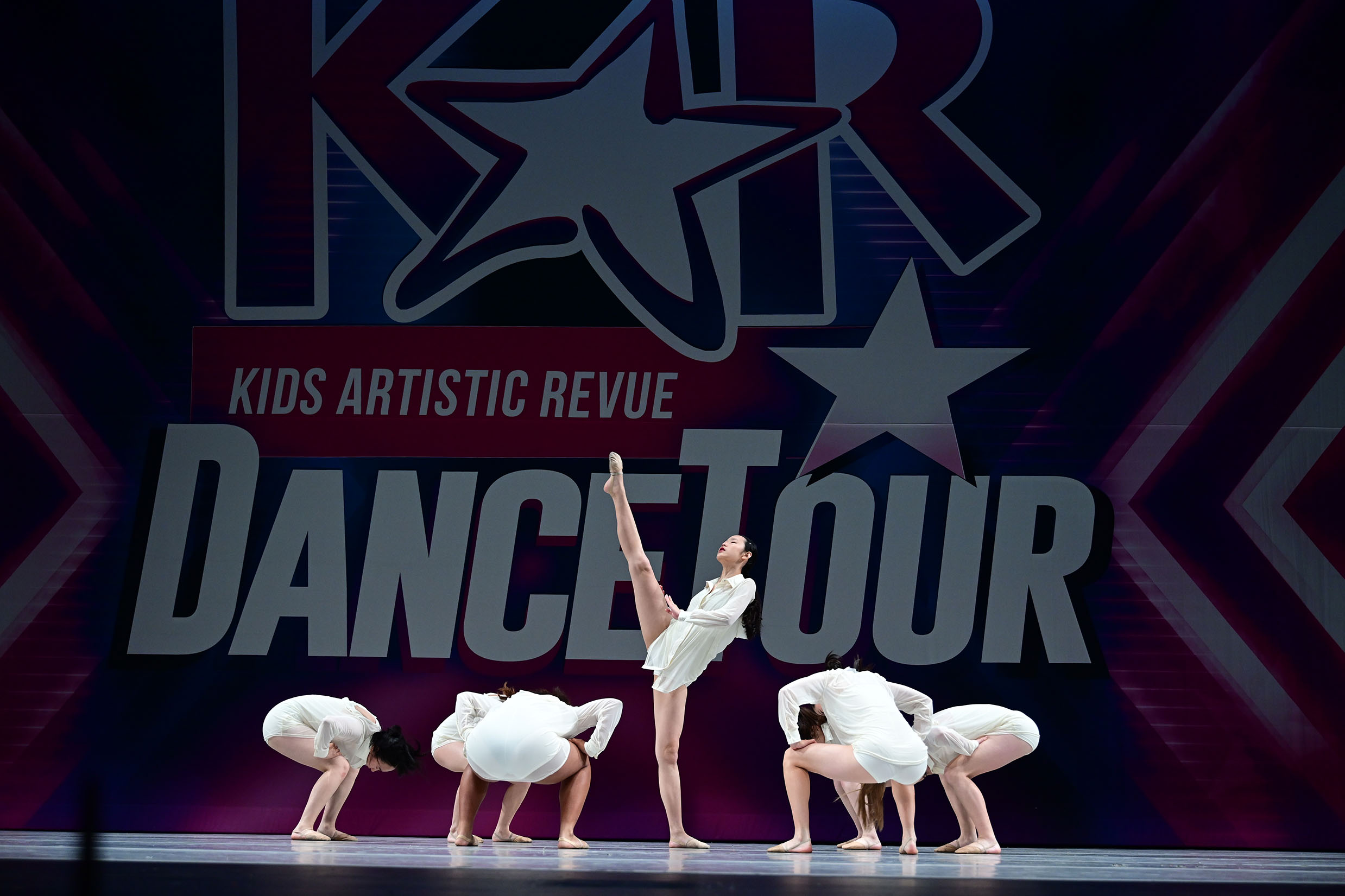
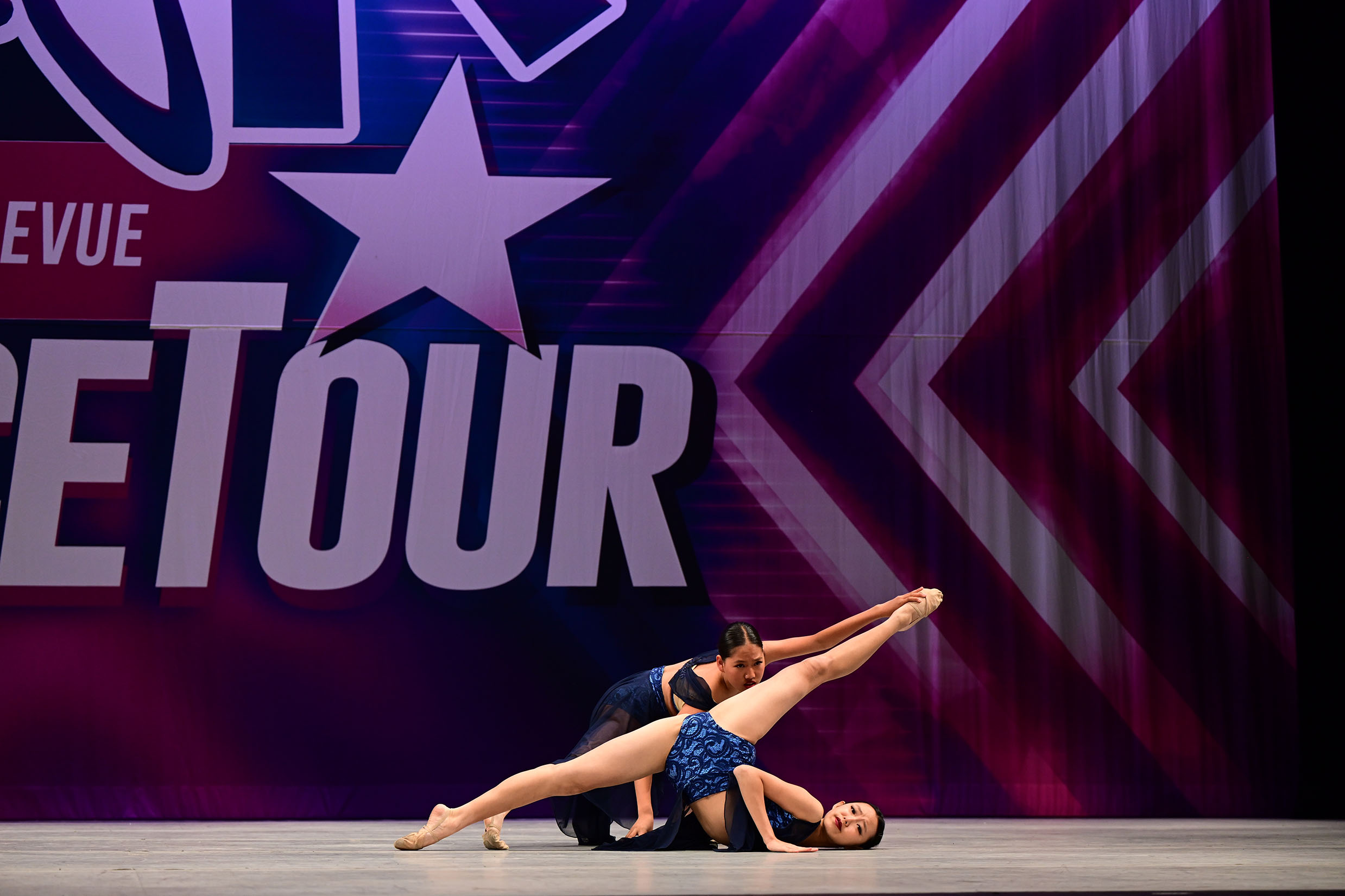
Interviews with dancers and educators revealed how aesthetics and mainstream dance categories reflect dominant social values. Chinese dance is often labeled “non-mainstream” and struggles to gain equal recognition, especially in scoring systems biased toward Western technical standards. Dancers also shared how cultural shame and the “gaze of the Other” shape their creative expression. Many young dancers are now reclaiming their cultural roots—integrating traditional Chinese elements into contemporary works and actively challenging cultural hierarchies through movement.
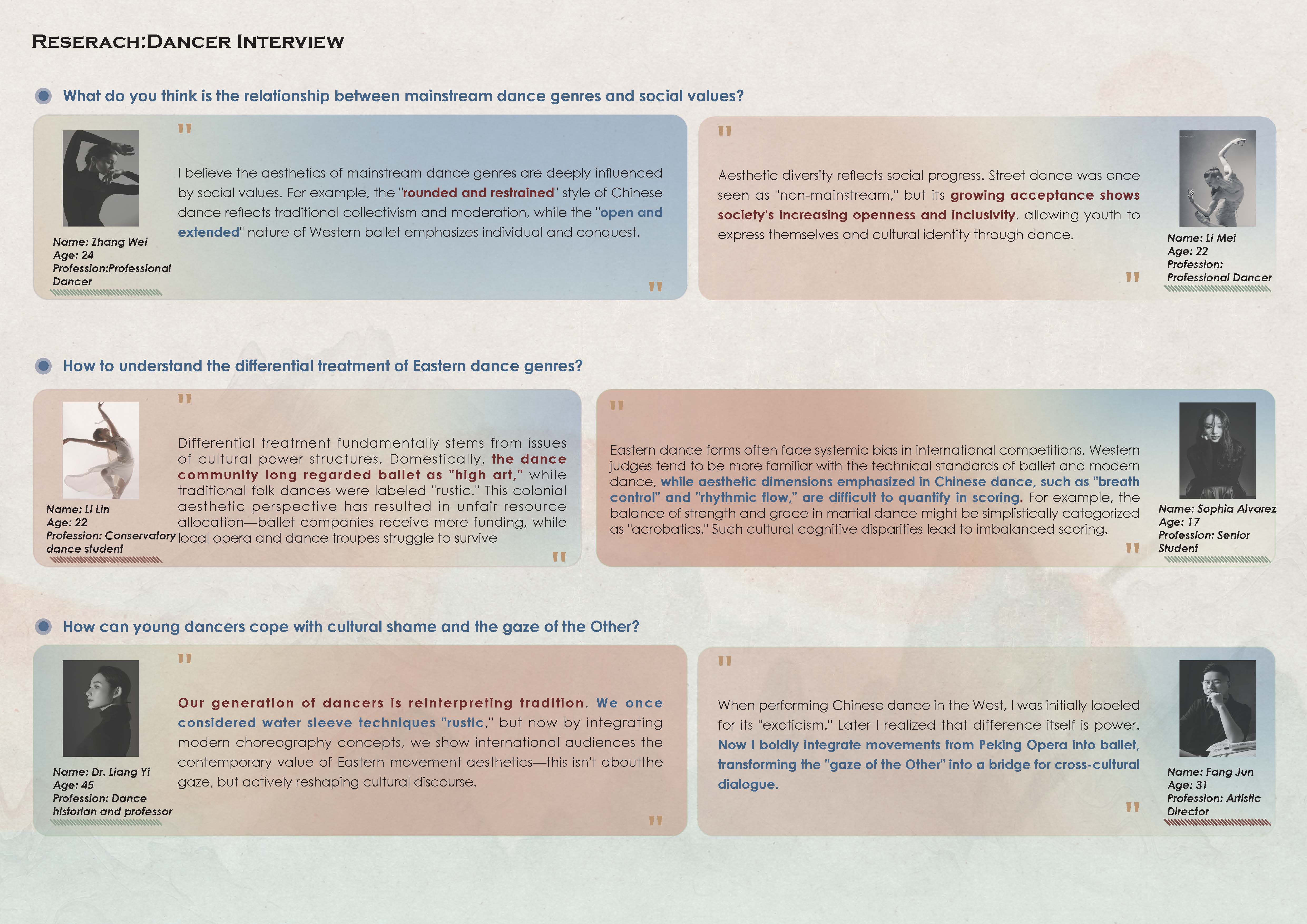
To promote cultural expression through dance, we formed a performance group that brings together dancers who share the same desire to tell untold stories. We co-created original and adapted works that fuse traditional Chinese movement vocabularies (e.g., opera gestures) with contemporary choreographic methods, resulting in a new kinetic language. Our group organized public outreach performances, especially in elder care communities, offering emotional resonance and cultural familiarity. Through visual choreography notes and movement mapping, we documented our process as both a cultural and theoretical inquiry—bridging heritage with innovation in tangible, community-driven ways.
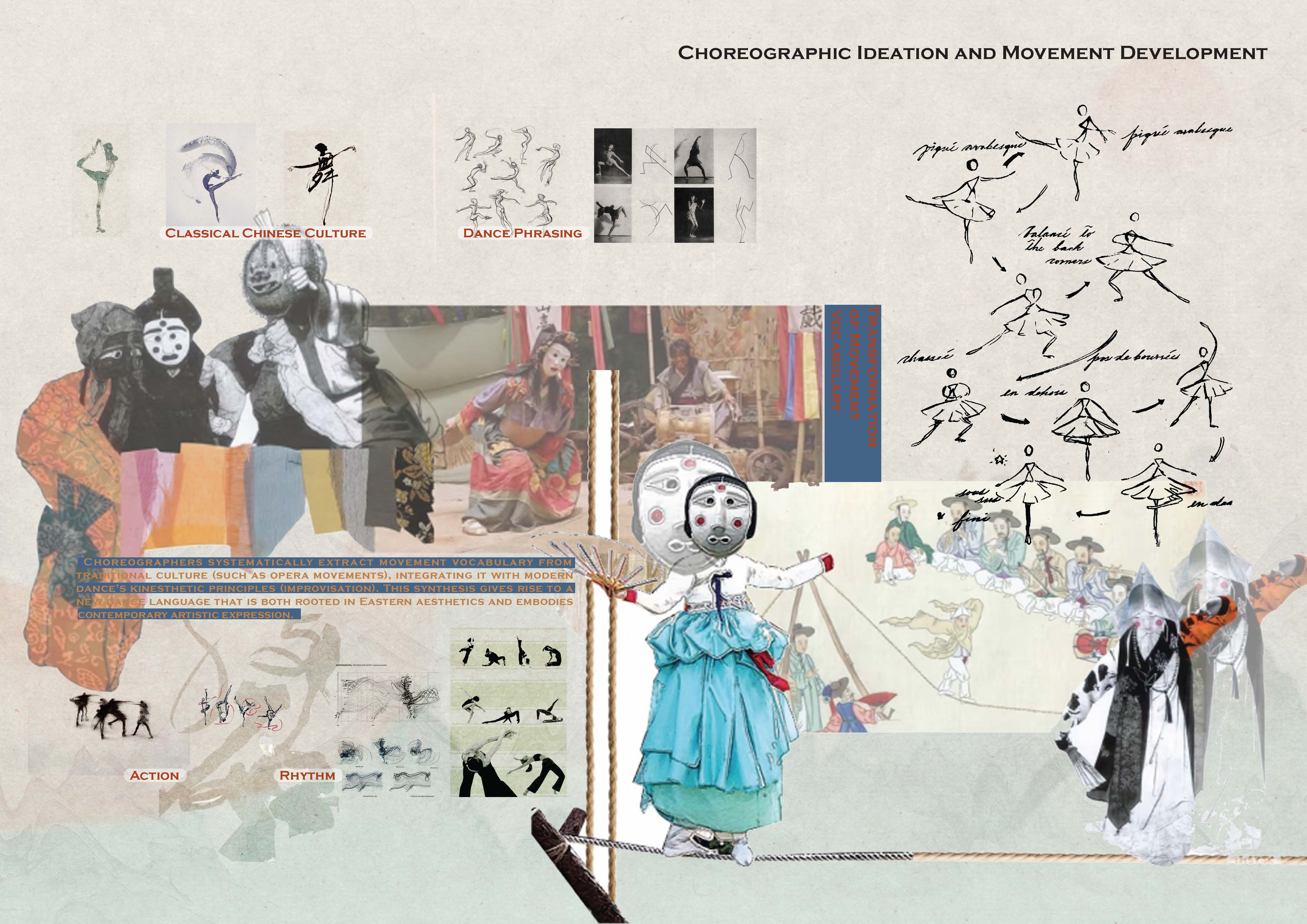
Through multiple performances and community engagements, we received heartfelt feedback from audiences across generations. This project deepened our understanding of dance as not only a bodily art but also a medium of cultural representation and identity politics. We critically reflected on how institutional norms shape aesthetic standards and cultural valuation.